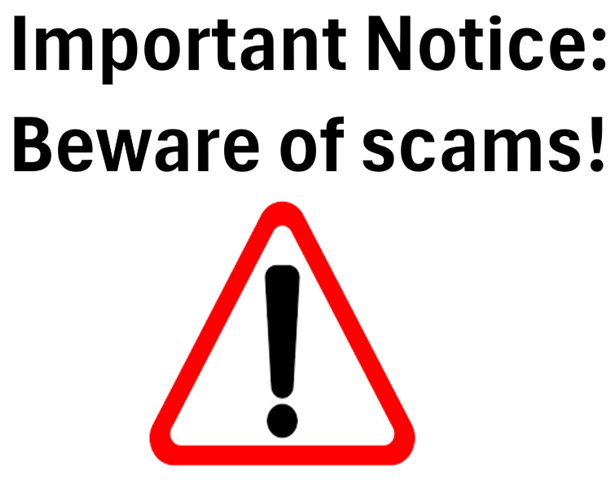Your home is your biggest investment. No matter how many precautions you take, the threat of loss of property from fire, theft or other causes is always present. This is where Home Insurance comes to rescue. At the time of an unforeseen event, all you want is a quick, easy claim settlement from your insurer. One of the keys to quick claim settlement is to keep an accurate inventory of your belongings. It is important to compile a home inventory list, which includes making a detailed list of your possessions including receipts, descriptions and photos of your home’s contents. Your inventory will take a little time to compile, but at the time of emergency it would be extremely helpful. Here are a few tips on compiling a home inventory.
Tips for your inventory list
- Record serial numbers of small appliances and other theft-prone items.
- Along with the description of each item, attach its receipt.
- If you’re doing an audio or video inventory, start in one corner of the room and work your way around until the whole room has been covered.
- Don’t forget to inventory closets and the attic and basement.
- A detailed record of antiques, jewelry, silvers, sporting goods, major appliances, and collector’s items is very important. Appraisals are also important. On all appraisals, be sure to include the name and address of the appraiser. Keep your inventory up-to-date. How often you need to update it will depend on when you make new purchases.
Tips for your inventory photos
- To record your inventory, any camera with a flash will do. Either slides or prints are fine. Color photographs show details better.
- You can also use a video camera.
- Make sure to mark the photos, slides and videotapes with the dates on which they were taken. If appropriate, record the date of purchase, brand name and purchase price of each item next to the picture.
- To get an overall picture, take wide-angle shots of the whole room. Then take several close-ups to capture detail. Start in one corner of the room and work your way around.
- Focus your flash away from mirrors and other reflective surfaces by standing at a 45-degree angle to the shiny surface.
- When using a flash, try not to get closer than the recommended focus range. If you must get closer, dim the flash by placing a white handkerchief over the flash while taking the picture.
- Open glass doors to prevent reflection.
- A family member in the picture helps substantiate ownership.
- Open closet doors to indicate quantity of clothing.
- Remember to take pictures of the insides of drawers with the contents.
- Use a non-glare dark cloth as a background for silver, chinaware or jewelry.
- When photographing jewelry, angle the flash to avoid glare.
- If you want to take only a few pictures, either take pictures of groups of your most valuable un-appraised items, or record whole rooms with your most valuable and theft-prone items prominently displayed.





